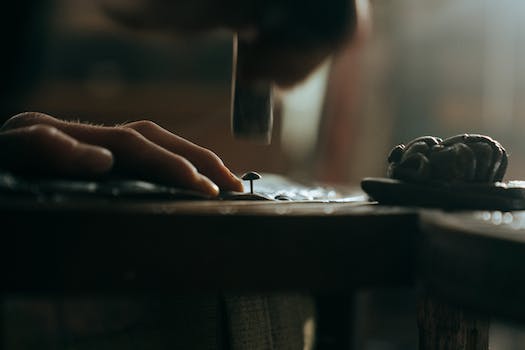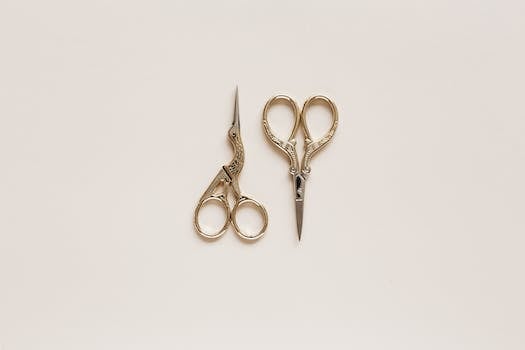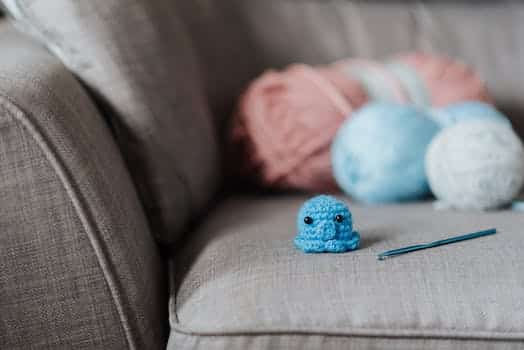When it comes to furniture restoration, waxing and sealing are crucial steps in the process. These techniques not only enhance the natural beauty of the wood, but also protect it from wear and tear. In fact, furniture waxing and sealing can extend the life of your furniture by several years.
The Benefits of Waxing
Waxing is a process that involves applying a thin layer of wax to furniture to protect it from moisture, scratches, and other damage. The wax creates a barrier between the wood and the outside world, preventing dirt, dust, and other debris from penetrating the surface.
Waxing also adds a layer of shine to the furniture, making it look polished and new. This is especially important for antique furniture, which can lose its luster over time. By waxing regularly, you can keep your antique furniture looking beautiful for years to come.
The Benefits of Sealing
Sealing is another important step in furniture restoration. It involves applying a sealant to the wood to protect it from moisture, stains, and other damage. Sealing is particularly important for furniture that is used frequently or exposed to the elements.
Sealing not only protects the wood, but also enhances its natural beauty. It can bring out the grain and color of the wood, making it look more vibrant and alive.
How to Wax and Seal Furniture
Waxing and sealing are relatively easy processes that can be done at home with just a few simple tools. To wax furniture, you will need a soft cloth and a can of furniture wax. Apply a thin layer of wax to the furniture, using a circular motion. Let the wax dry for a few minutes, then buff it off with a clean cloth.
To seal furniture, you will need a paintbrush and a can of sealant. Apply a thin layer of sealant to the furniture, using a back and forth motion. Let the sealant dry for several hours, then apply a second coat. Repeat this process until the wood is fully sealed.
Inexpensive Furniture Makeovers
Waxing and sealing are not only important for furniture restoration, but also for inexpensive furniture makeovers. By waxing and sealing old or worn-out furniture, you can give it new life without breaking the bank.
For example, a coat of wax can transform a dull, scratched-up coffee table into a sleek, polished centerpiece. And a coat of sealant can protect a cheap bookshelf from water damage and other wear and tear.
Conclusion
Waxing and sealing are essential steps in furniture restoration and inexpensive furniture makeovers. By taking the time to wax and seal your furniture, you can protect it from damage, enhance its natural beauty, and extend its life for years to come.






These 10 innovative and imaginative DIY home decor ideas from [object Object] provide a refreshing approach to enhancing ones living…